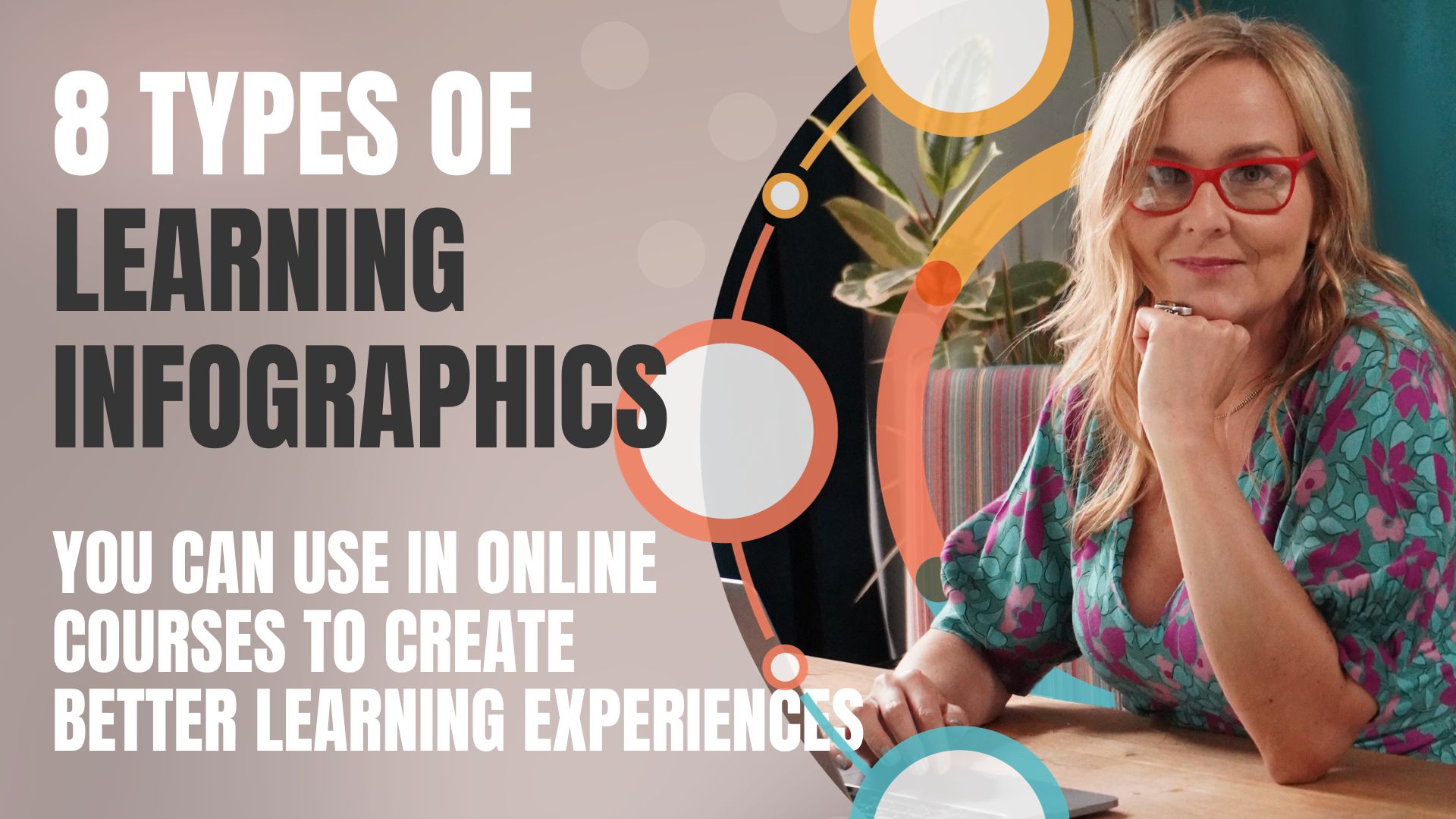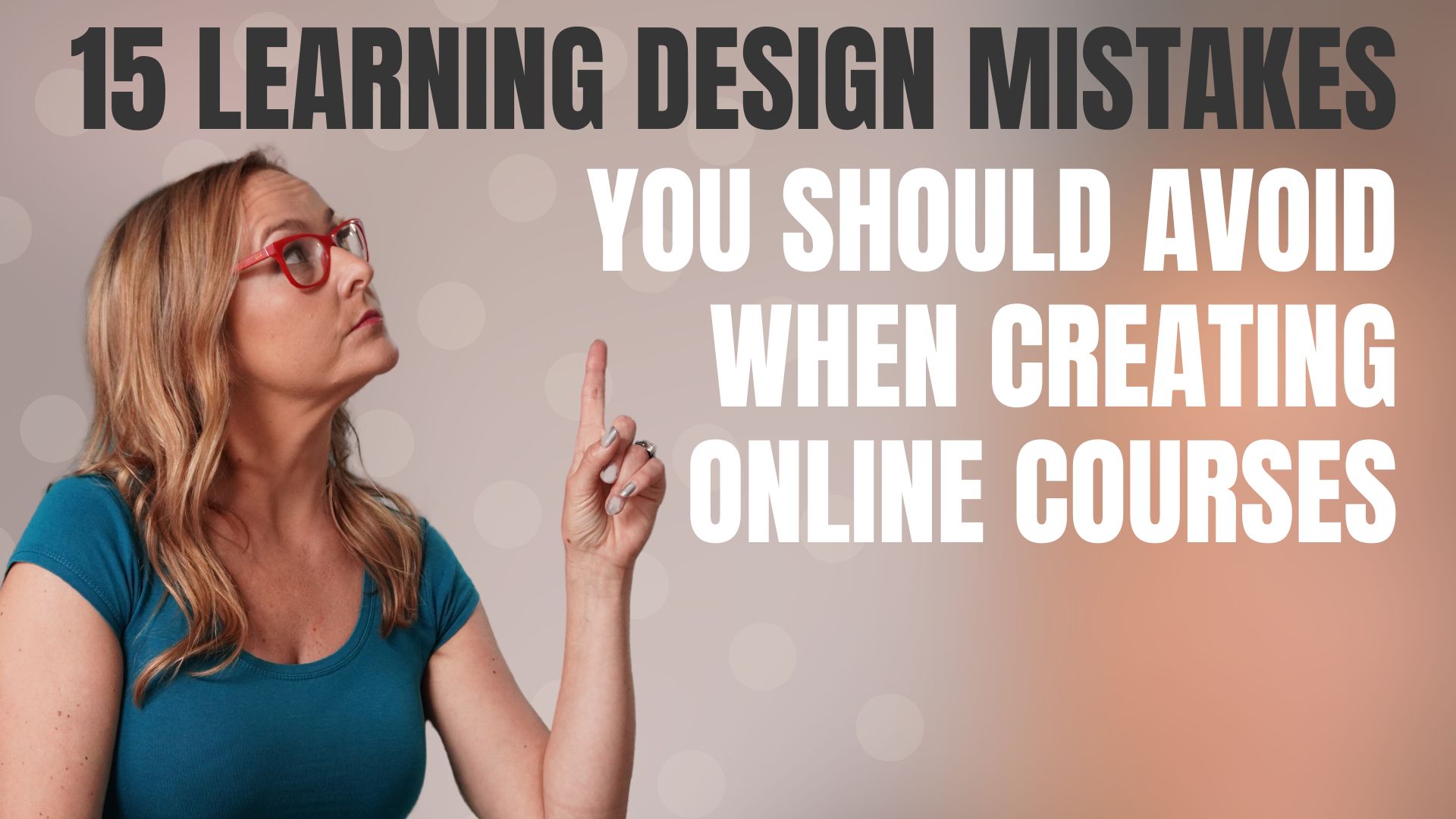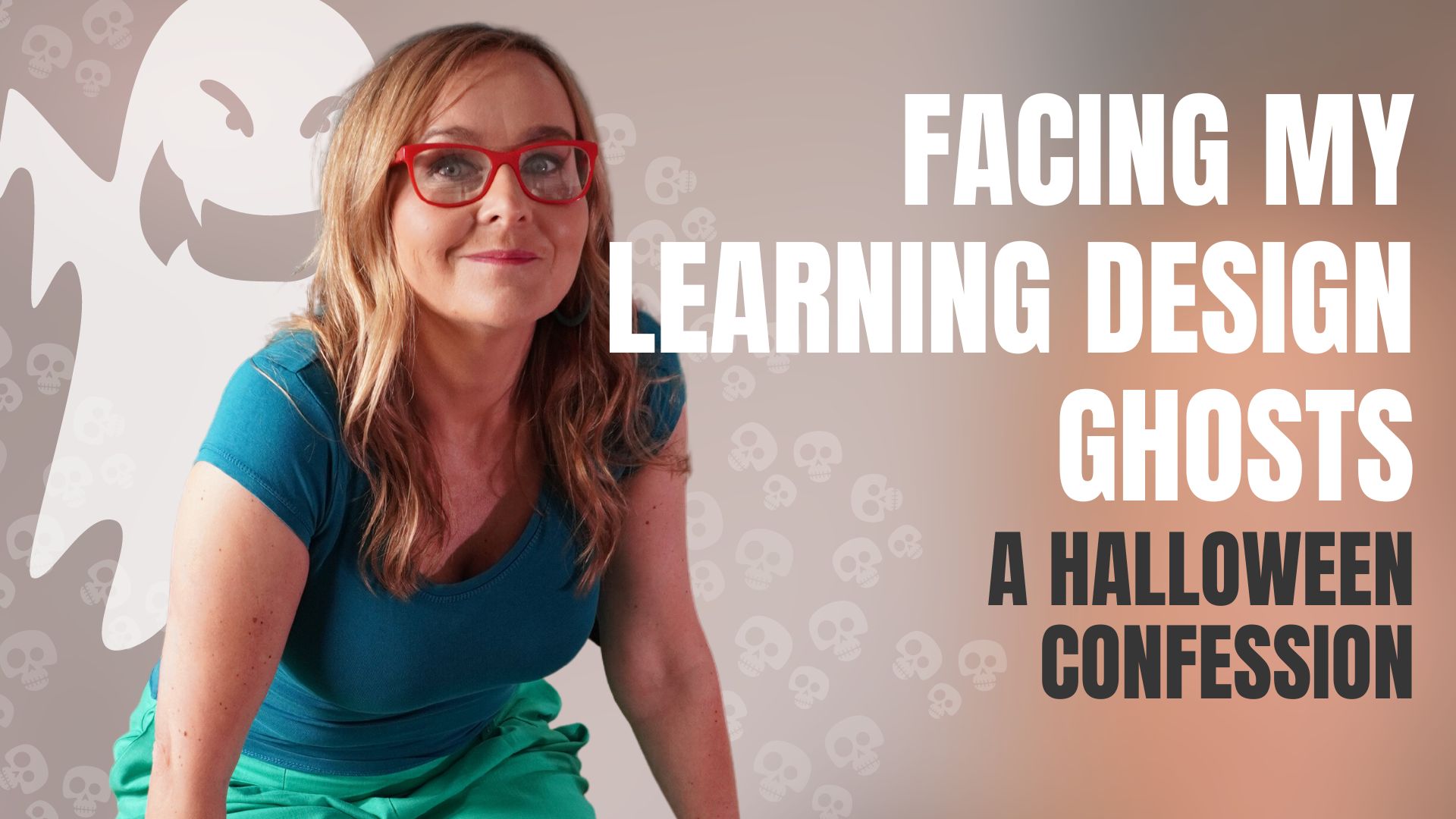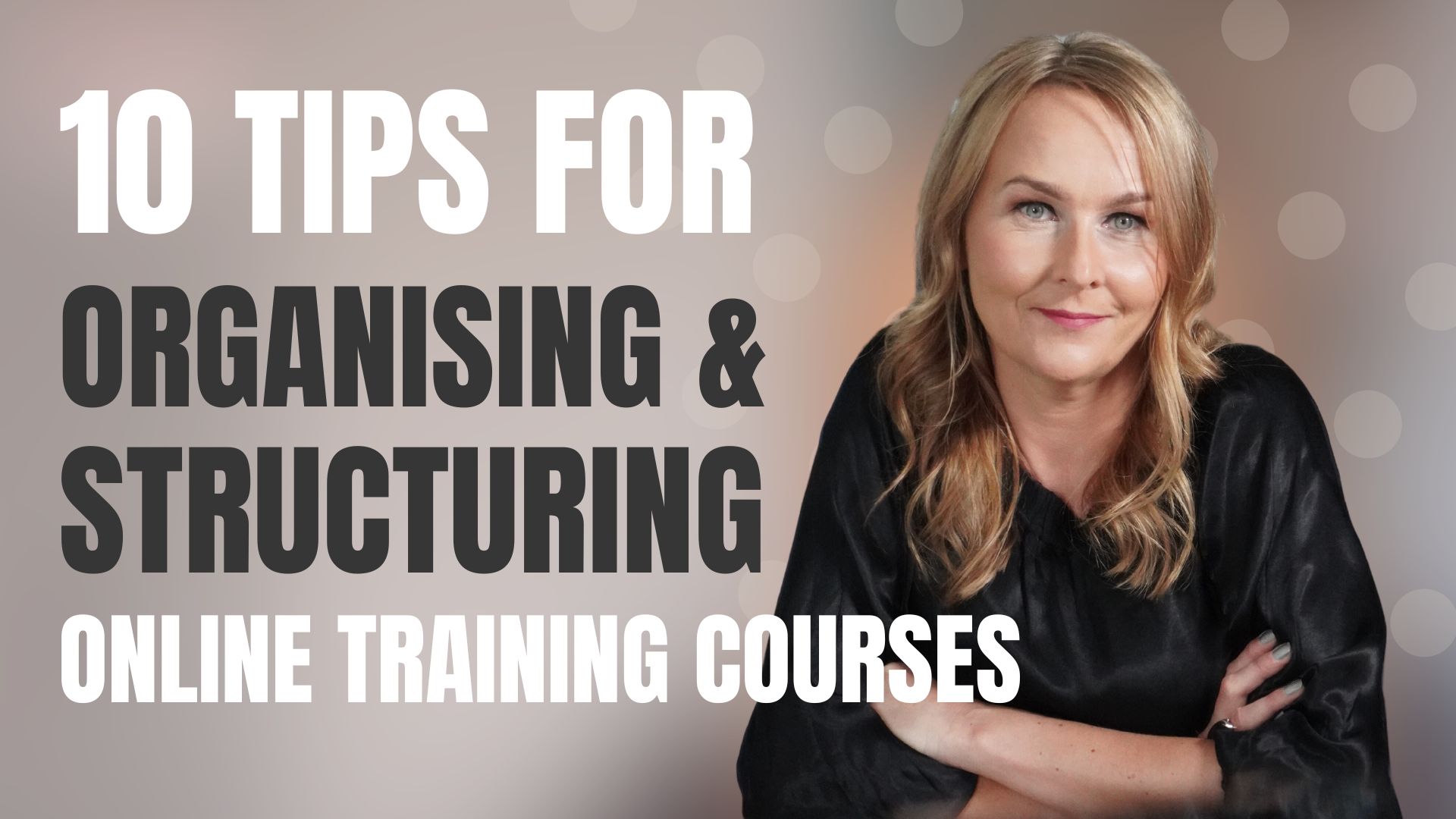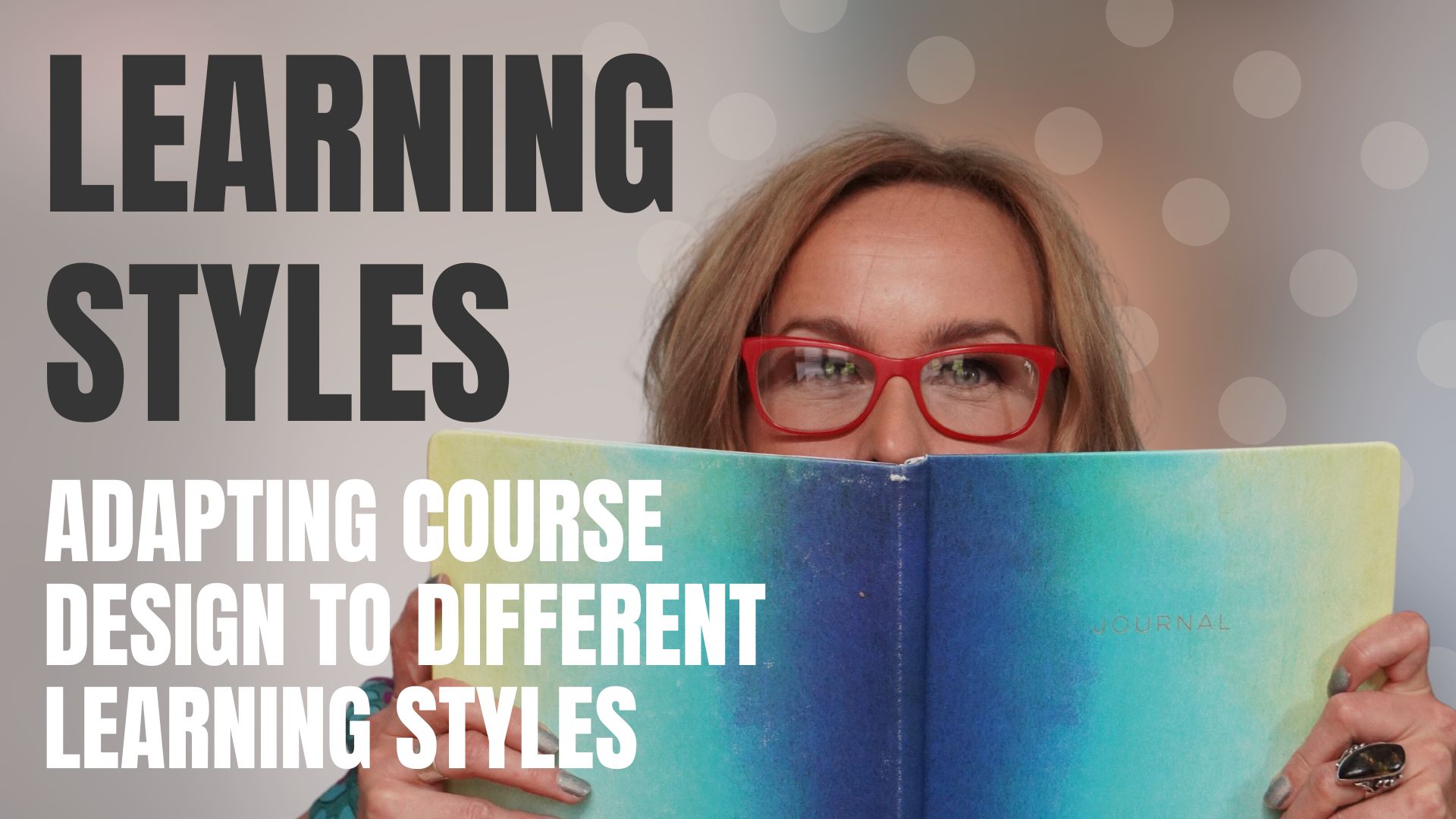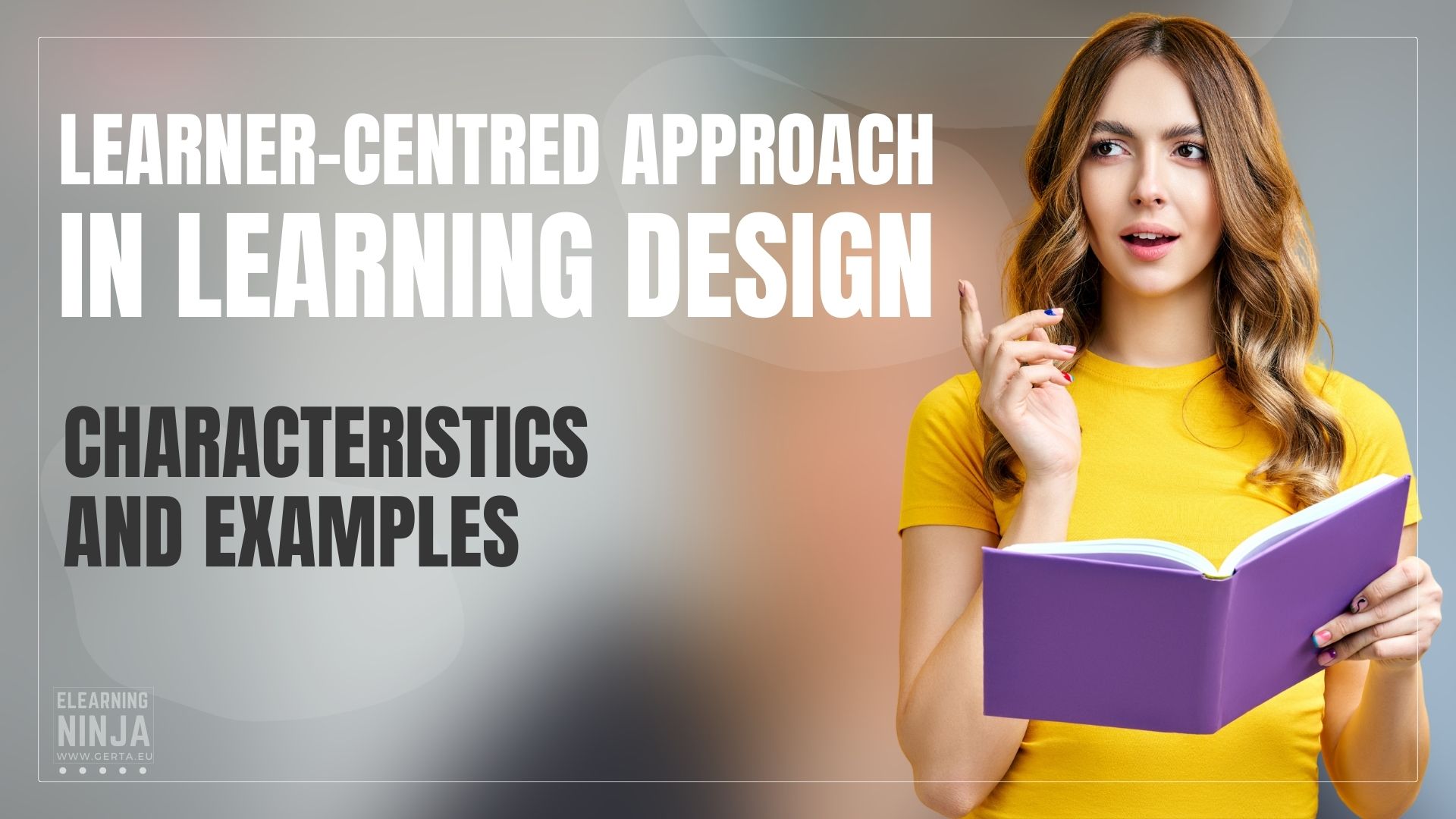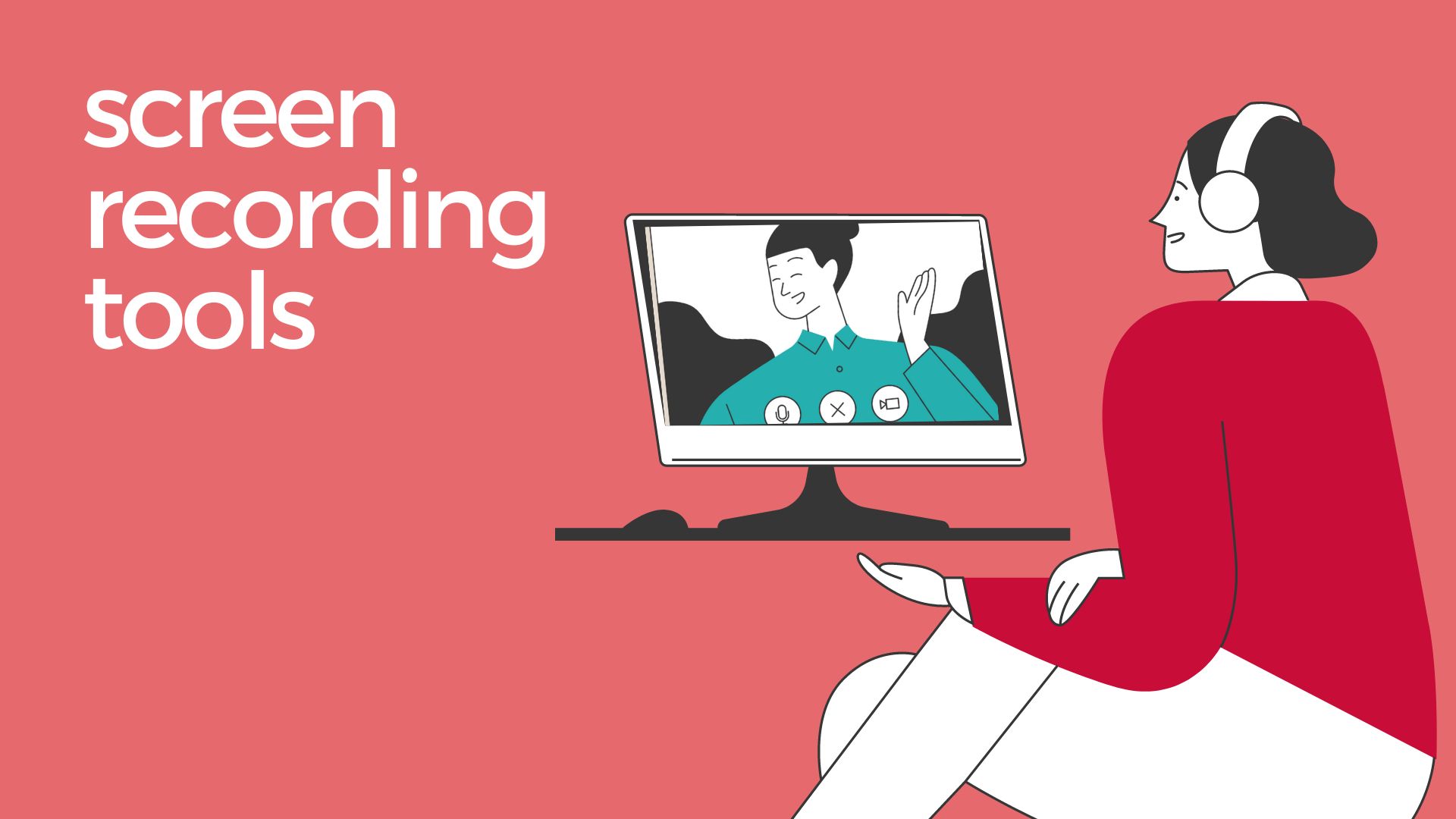Infographics help e-learning designers transform complex concepts into captivating and immersive learning experiences. From statistical insights to engaging timelines, these visuals enrich e-learning experiences, making complex concepts interesting, more accessible and understandable. Get ideas on transforming your training with these versatile tools.
I compiled this list of Learning Design Mistakes to Avoid based on the messages I received and conversations I had recently. Read about others' mistakes, learn from them, and avoid making these mistakes.
As Halloween creeps in, I decide to face my learning ghosts. I reveal the spine-chilling truth: my learning design closet is a graveyard of past mistakes. These skeletons and ghosts, more frightening than Chucky, have taught me some valuable lessons. Read my Halloween confession!
Organising and structuring the content in your online course helps everyone enjoy the learning process and quickly find the sections needed. In this post I am sharing tips for organising and structuring the content of online training courses.
While, in most cases, it is impossible to design courses that would cater to individual student preferences, as designers, we should recognise the variety of learning styles and include elements to address their range.
In this blog post, I will explore ways of catering to different learning styles to create more inclusive learning environments that resonate with all students.
Learn how to write clear and impactful learning objectives for online courses. Set expectations, communicate the course's purpose, and align with instructional goals to empower learners.
Are you ready to design learning courses that truly engage your learners? In my recent blog post, I explored essential principles and approaches, and one principle stood out: learner-centred design. Today, let's dive deeper into this approach and discover how it can transform your teaching!
Discover the importance of formative and summative assessments in education. Learn how they contribute to student growth and success, their differences, and the benefits of incorporating both for effective learning outcomes.
Knowing the Basics of Learning Design is crucial for creating effective educational experiences. It involves designing materials, activities, and assessments for optimal learning outcomes. In this blog post I share learning design fundamentals for beginners.
Screen recording tools are a brilliant way of sharing your knowledge with your team, your clients, partners and learners. In this video, I am sharing with you a few screen recording tools that are used, and links to all of them are below. It is much easier to explain concepts with a visual illustration of what you are talking about. I often record instructional videos could like quick explainers – talking my team through their tasks, project details and so on.
Hi, I am Gerta.
Welcome to my blog.

Do you need help designing online training?
Get in touch!
eLearning tips & tricks
Get free resources, design & technology tips sent to your inbox!
…

